Here’s something all of us salespeople can relate to. We get an exciting opportunity that is equally lucrative and challenging. We have to do a little extra work and research to put together an estimate and proposal but, hey, for an opportunity like this, it is definitely worth it. After all, the potential customer is saying all the right things and has given you every indication that they are going to work with you and your company. You put in the extra effort and hours, attach your proposal to the email with pride, and hit send as a sense of pure satisfaction comes over you for having created what felt like a work of art. And then…? And then…? And then… nothing. Days go by and there is no response. You start sending the follow-up emails and the best response you get is, “We’ll let you know.” Then the deal goes silent. You were ready to celebrate with a pizza party with your co-workers and now you’re wondering what went wrong. Was it sticker shock? That’s not a bad guess since you only emailed the proposal—and that’s the first and only thing the customer looked at. If they did indeed miss the point and the value, whose fault is that? Hmmm…
I agree that emailing proposals is both convenient and efficient, but it also causes a lot of problems in our sales pipeline. Winnable opportunities leak out because we didn’t take the time to personally walk them through the proposal to build trust and hear their concerns. So they just went with a quote from your competitor because their price was lower. Or they just went with your competitor anyway and didn’t give you the courtesy of a response—and you’re left following up for weeks and months because you can’t let go of the opportunity, even though it already let go of you. Healthy sales pipelines have a steady flow of good opportunities that we handle carefully from start to finish—not just giving up at the very end and emailing it. Here are 5 more reasons why you should stop emailing all of your proposals and estimates:
- The price becomes the whole story – Without context, the proposal is reduced to a number—and that number becomes the only point of comparison.
- You miss the chance to reinforce value – A live presentation lets you connect features and benefits to outcomes. Email leaves that up to the customer’s imagination.
- Feedback disappears – In a live conversation, you hear objections in real-time and can respond. With email, you get silence—and silence doesn’t close.
- You lose momentum at the worst moment – All your effort up front leads to a moment where the customer needs clarity, and you hand them a document instead of a conversation.
- It erodes your perceived professionalism – Proposals are major milestones. When you treat them like an afterthought, so will your customer.
